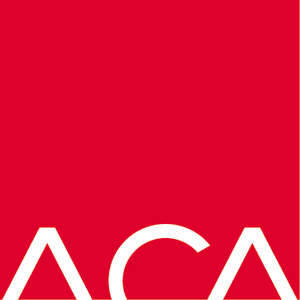Negotiation tactics: Preconditioned to succeed
Preconditioning is a negotiation tactic with a friendly facade and a dangerous bite. Ian Motley from Blue Turtle Consulting shows us how to use the preconditioning tactic to our advantage.
It’s the type of tactic that can sneak up and leave much devastation in its wake. We’ve all experienced it; we may even have used it, so let’s review how it works.
It typically starts with a friendly phone call from a potential client. Let’s say it’s a developer and they’re calling to solicit a proposal from your firm for their new project.
During the phone call, the developer describes this fantastic new project with an overwhelming sense of enthusiasm, using phrases like: ‘This project will be a landmark project for this town’ and ‘We’ve already received overwhelming public support’.
He then goes on to say that he’s heard a lot of great things about your firm and he thinks you’d be perfect for the project. He’d like to work with you. Would you be willing to put a proposal forward?
Well, of course you would. This is the type of phone call you’ve been waiting for – not only has he heard great things about your firm but he’s also got an exciting (career-building) project.
So, you respond with gusto by thanking him for the opportunity and confirming that you’d be delighted to submit a proposal for this new and exciting project.
The client then goes on to say that there is, however, one issue that needs to be mentioned – due to the structuring of funds for the project, there is only a limited budget for design services, so it would really help the appointment process if you could provide your most competitive fee.
What’s going on here?
Well, either consciously or subconsciously, the client has just preconditioned you to provide a low fee on your first submission – this exciting new project is now yours to lose!
What happens next?
You wrap up the conversation by saying, ‘Let me see what I can do; give me a couple of days to review the project and I’ll get back to you with my proposal.’
Over the next couple of days, you review the project details and begin the process of finalising your fee number. In light of your recent preconditioning phone call, you take a more aggressive approach to resourcing this project: estimated man hours are reduced to a minimum and allowances are restricted to only the essentials. You then finalise your very competitive proposal and submit it to the client hoping they’ll recognise the deal and appoint you without delay.
Why is this a problem?
The big problem here is that fees are subjective and your version of a competitive fee won’t necessarily match your client’s version. Unless managed with care, your very generous offer will be seen as a starting point for future negotiations and not the fair and reasonable fee deal you intended.
It’s important to remind ourselves that nobody really knows how much anything should cost, but as human beings, we’re very good at comparing and contrasting. We judge a fair price not by the actual number, but instead by comparing it against other similar products and services. This process is known as anchoring and adjustment.
How should we respond?
The way to manage this tactic is not to provide the client with just one fee option but instead to provide the client with a range of different fee and service options.
By providing a range we can use anchor numbers to our advantage – we can demonstrate the savings associated with the more affordable option (the competitive proposal) by providing other more expensive options (traditional proposal).
Before we create these options it’s important that we open the dialogue with our client and understand their interests in more detail – options should always be based on client interests.
Rather than responding to the preconditioning tactic by saying, ‘Let me see what I can do; give me a couple of days to review the project and I’ll get back to you with my proposal’, we should be using the phone call as an opportunity to open the dialogue and gain more information about the client and project. We should be asking, ‘Would you be able to provide us with an indication of your design budget so we can explore the type of services that fall within your financial requirements?’
This information means you can locate your initial proposal in relation to client expectation, and tailor the scope accordingly. It also puts you on a stronger footing for the next stages of negotiation.
Ian Motley is a design fee consultant with Blue Turtle Consulting.
Blue Turtle Consulting is conducting Fee Proposal Workshops across Australia in May/June 2017. ACA members receive a 10% discount on these workshops (use promo code: ACA).
